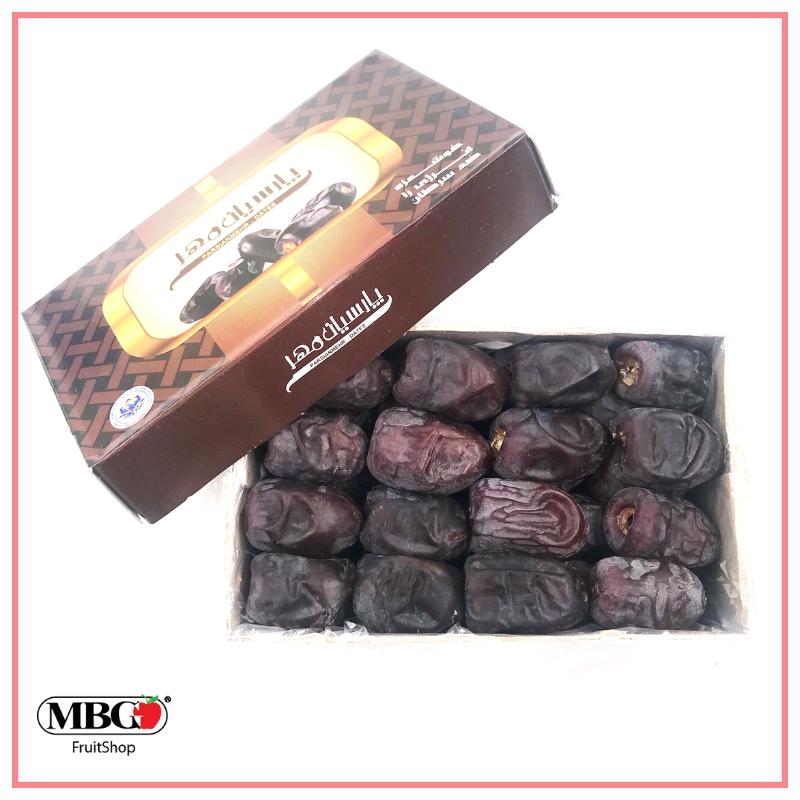The Hereditary Blueprint: Kurma Ajwa's Distinct DNA

Kurma Ajwa, frequently admired as the "day of the Prophet," stands apart from other day selections due to its distinct taste and structure. While its one-of-a-kind features are partially connected to its hereditary makeup, the growing process likewise plays an important role fit its final kind.
Dirt and Climate: The Structure of Flavor
The cultivation of Kurma Ajwa is mainly focused in the Al-Madinah region of Saudi Arabia, an area blessed with particular weather and soil conditions ideal for this day variety. The dry environment, defined by heats and low moisture, produces an atmosphere that promotes the development of sugars and other substances liable for Ajwa's rich taste. The soil in the region is usually sandy and well-drained, allowing for optimal root advancement and nutrient uptake. These ecological aspects contribute substantially to the date's one-of-a-kind taste profile.
Pollination: A Fragile Balance
Pollination is a critical point in the farming of any date variety, and Ajwa is no exception. Traditional techniques, such as hand pollination, are usually employed to guarantee ideal fruit set and top quality. The mindful selection of plant pollen from suitable date palm ranges is necessary for preserving the wanted attributes of Ajwa dates.
Growing Practices: Supporting Excellence
Numerous growing methods add to the distinctive qualities of Kurma Ajwa:
Pruning: Normal trimming is necessary for maintaining the health and wellness and efficiency of the day hand trees. It involves eliminating dead or unsuccessful branches to carry resources towards fruit growth.
Watering: While the area is dry, proper watering is critical during particular growth stages. Overwatering or underwatering can negatively affect fruit quality.
Fertilization: Nutrient administration is crucial for ideal fruit advancement. Applying the right balance of plant foods guarantees that the date palms receive the needed nutrients without compromising dirt health and wellness.
Pest and Disease Monitoring: Shielding the day hands from pests and diseases is critical for maintaining fruit top quality. Integrated pest management approaches are usually employed to lessen making use of harmful chemicals.
Harvesting and Post-Harvest Handling
The timing of the harvest is essential for making best use of the flavor and appearance of Ajwa dates. The days are typically harvested when they reach their full size and develop a deep, abundant shade. Cautious handling during harvesting and transportation is vital to prevent damage and maintain the fruit's quality.
Drying and Handling
Unlike some other day selections, Ajwa dates are often taken in fresh. However, some manufacturers might decide to dry out the days to extend their life span. The drying process involves cautious control of temperature level and humidity to preserve the day's taste and appearance.
The Duty of Genetics
While growing methods dramatically influence the high quality of Kurma Ajwa, it's necessary to recognize the duty of genes. The distinct genetic makeup of this day selection is the foundation for its distinctive attributes. Nevertheless, ideal cultivation problems are essential to fully reveal these hereditary characteristics.
Verdict
The cultivation process of Kurma Ajwa is a complicated interaction of ecological aspects, farming methods, and hereditary makeup. The combination of the dry climate, standard farming techniques, and cautious post-harvest handling add to the advancement of the date's distinct flavor and structure. By recognizing the factors that influence the farming of this treasured fruit, customers can appreciate the craftsmanship and devotion associated with generating top quality Kurma Ajwa.

Inevitably, the growing procedure is a testimony to the harmonious partnership between human beings and nature, causing a product that has been cherished for centuries.
